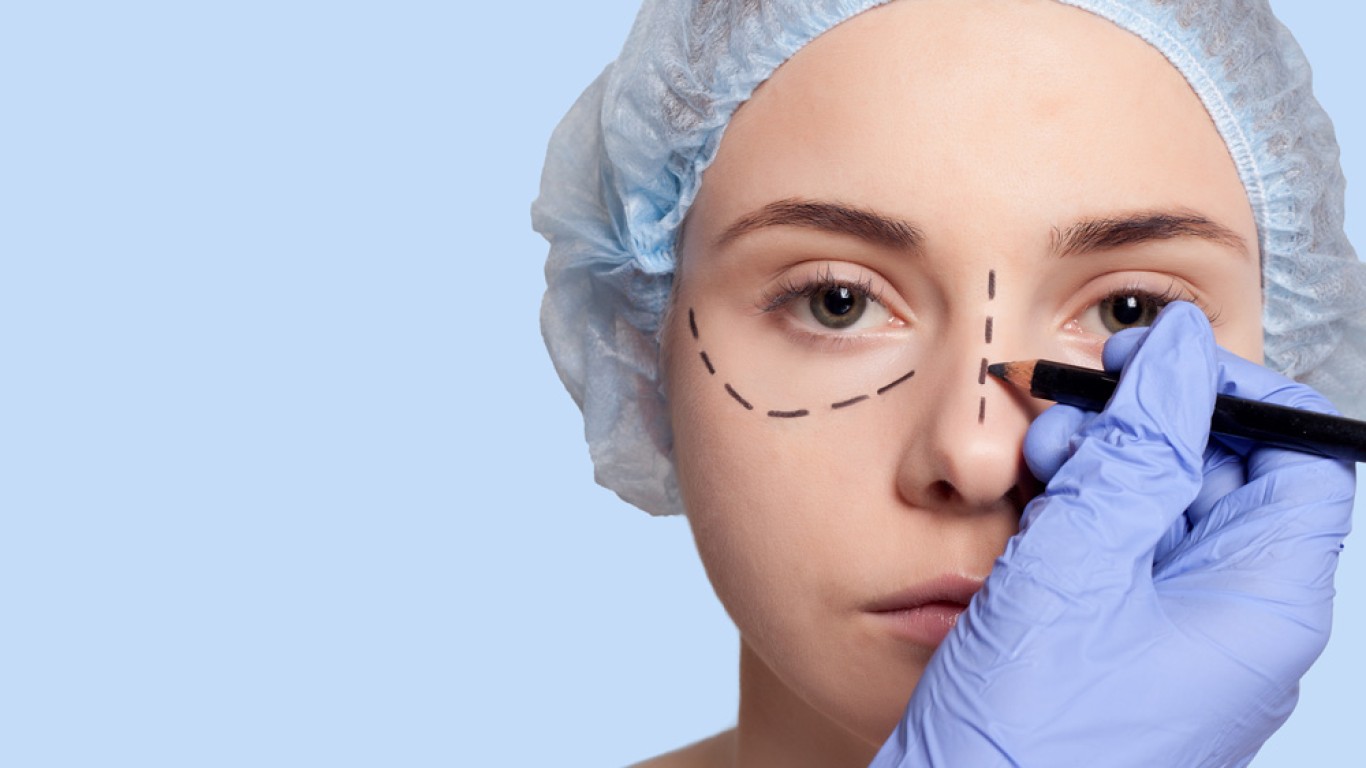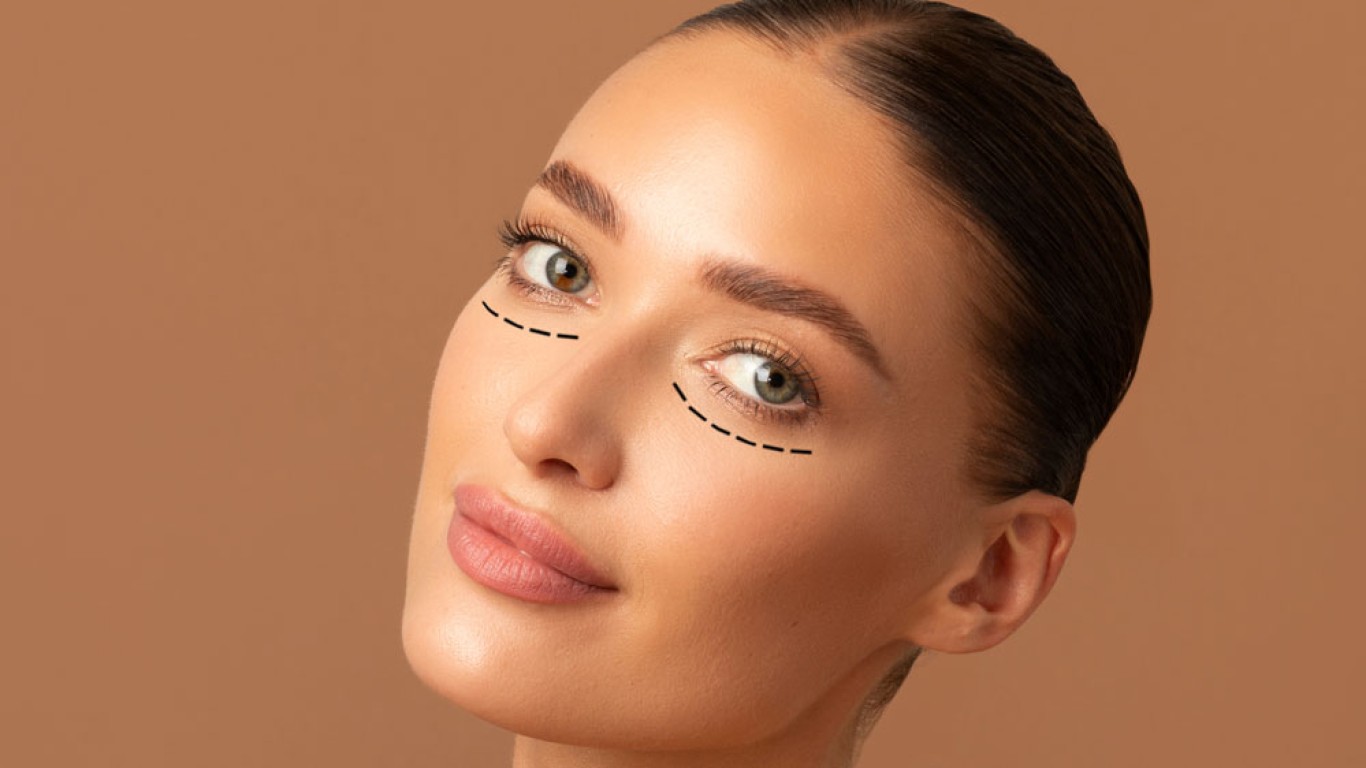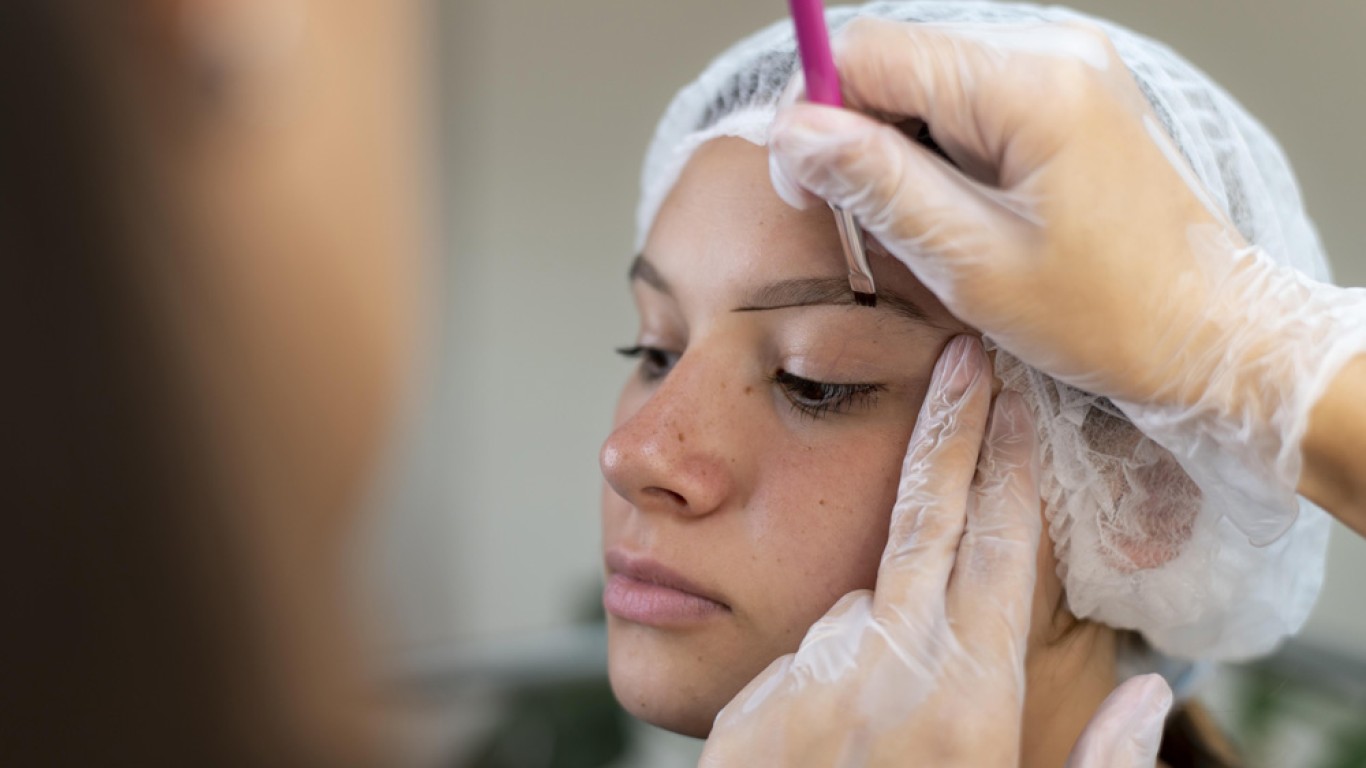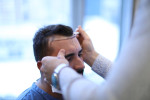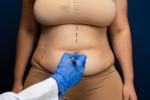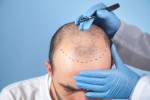Introduction
Facial rejuvenation can take many forms, and two common procedures are blepharoplasty and brow lift surgery. Both aim to restore a youthful, refreshed look. However, they focus on different areas of the face and serve unique purposes. Understanding the distinctions between them helps patients make informed decisions. This article offers a side-by-side comparison of blepharoplasty vs brow lift, exploring their goals, techniques, and outcomes. Whether you're considering eyelid enhancement or lifting the forehead, we’ll help clarify what’s right for your needs.
What Is Blepharoplasty?
Blepharoplasty, often called eyelid surgery, is a cosmetic procedure to improve the appearance of the upper or lower eyelids. It targets sagging skin, excess fat, and puffiness around the eyes. Additionally, some patients undergo blepharoplasty for functional reasons, such as obstructed vision. The surgery involves removing or repositioning fat and tightening skin. Upper blepharoplasty focuses on the lid fold, while lower blepharoplasty corrects under-eye bags. The result is a more open, alert, and youthful appearance.
What Is a Brow Lift?
A brow lift, also known as a forehead lift, addresses the position of the eyebrows and forehead skin. Over time, the brows may droop, leading to a tired or angry look. This procedure raises the brows and smooths forehead wrinkles. Additionally, it can improve frown lines between the brows. Surgeons may use different techniques—traditional, endoscopic, or temporal—depending on the patient's goals and anatomy. The brow lift restores a lifted, more youthful expression by enhancing the upper face’s position.
Blepharoplasty vs Brow Lift: Target Areas
The main difference between blepharoplasty vs brow lift is their focus. Blepharoplasty works on the eyelids and the tissue around the eyes. It is best for removing loose skin or puffiness. In contrast, a brow lift targets the forehead, upper eyebrows, and sometimes the temples. It improves brow position and reduces horizontal lines. Additionally, patients with low-set brows often benefit more from a brow lift, while those with droopy eyelids are better suited to blepharoplasty. Your goals help determine the better fit.
Blepharoplasty vs Brow Lift: Signs You Might Need Blepharoplasty
Blepharoplasty may be ideal if you notice heaviness around your eyelids or persistent puffiness. This is especially true if makeup application becomes difficult or your upper lids appear to sag. Additionally, if your vision is partially blocked due to overhanging skin, blepharoplasty can offer both functional and cosmetic improvement. Tired-looking eyes, even after rest, are another sign. Patients often report looking more awake and refreshed after this procedure.
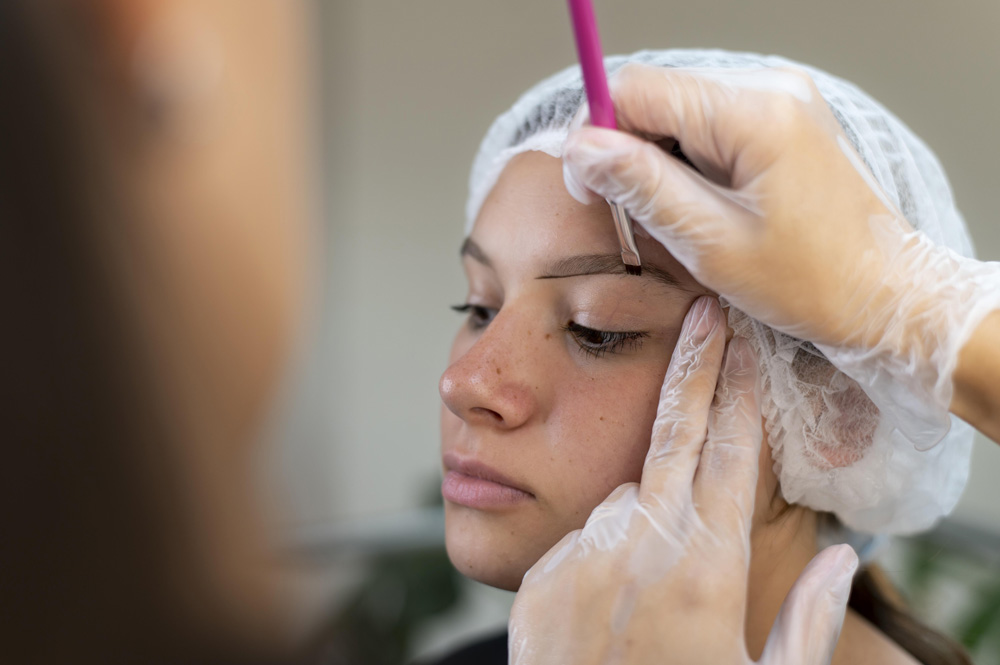
Blepharoplasty vs Brow Lift: Signs You Might Need a Brow Lift
A brow lift may be the right choice if your eyebrows have drooped over time. A lowered brow position can make you look older or more serious than intended. Additionally, deep lines across the forehead or vertical frown lines may suggest a brow lift. If pulling your forehead upward improves your appearance in the mirror, this could indicate sagging in the upper face. A brow lift repositions the tissues, resulting in a more open, expressive look.
Blepharoplasty vs Brow Lift: Surgical Techniques and Approaches
Blepharoplasty is usually done under local anaesthesia with sedation. Incisions are made along natural creases to hide scars. Fat and skin are carefully removed or repositioned for a smoother result. A brow lift may use one of several techniques. The traditional method involves a longer incision behind the hairline. Endoscopic brow lifts use small instruments and cameras for less invasive adjustments. Additionally, lateral or temporal lifts focus on the outer brow. Your surgeon will select the best method for your needs.
Blepharoplasty vs Brow Lift: Recovery and Healing Time
Recovery time is another key difference between blepharoplasty vs brow lift. Blepharoplasty typically requires 7 to 10 days of initial healing. Swelling and bruising are common but fade within two weeks. In contrast, brow lifts may need a longer recovery—often 10 to 14 days—depending on the technique used. Additionally, a brow lift may cause more tightness or numbness temporarily. Both surgeries involve some downtime but can be managed with rest, cold compresses, and medication. Final results take several weeks to fully appear.
Scarring and Long-Term Results
Blepharoplasty scars are discreet, as incisions follow natural eyelid creases. Lower eyelid surgery may use a transconjunctival approach, leaving no visible scars. Brow lift scars depend on the technique. Endoscopic lifts leave minimal marks, often hidden in the hairline. Traditional methods result in longer scars, also concealed behind the hair. Both procedures offer long-lasting results—often five to ten years or more. Additionally, adopting a healthy lifestyle and proper skincare can prolong their benefits.
Can They Be Combined?
Yes, many patients choose to combine blepharoplasty and brow lift for comprehensive rejuvenation. Since the eyes and forehead age together, combining both provides balanced results. Additionally, addressing both sagging lids and low-set brows can restore harmony across the upper face. This approach reduces the need for multiple surgeries and streamlines recovery. During consultation, your surgeon may recommend this combined treatment if both areas require improvement. It offers a refreshed, youthful look in one procedure.
Choosing the Right Procedure for You
The decision between blepharoplasty vs brow lift depends on your anatomy and desired results. If you’re concerned about puffiness or drooping eyelids, blepharoplasty is often the better choice. If your brow is low and forehead lines are deep, a brow lift may be more appropriate. Additionally, your surgeon will assess skin elasticity, muscle tone, and facial balance. A tailored plan delivers the most natural, flattering outcome. Trust in your surgeon’s expertise to guide your final decision.
Conclusion
In summary, blepharoplasty and brow lift surgeries each serve specific roles in facial rejuvenation. Blepharoplasty focuses on the eyelids, removing puffiness and sagging skin. Brow lifts elevate the brows and smooth the forehead for a more youthful expression. Additionally, combining both procedures enhances the overall appearance of the upper face. Knowing the differences helps you choose the best path for your goals. With the right surgeon, either option—or both—can provide long-lasting, natural-looking results.
For more information and to book a consultation visit the ACIBADEM Beauty Center Blepharoplasty webpage.
Frequently Asked Questions
It depends. If sagging is mainly from the eyelid, blepharoplasty works best. If from the brow, consider a lift.
Yes. Many patients benefit from combining them to improve both eyelid and brow position simultaneously.
Blepharoplasty generally involves a shorter healing period than a brow lift, depending on the technique used.
They are long-lasting, but ageing continues. Results often last five to ten years with proper care.
Scars are usually well-hidden in natural creases or the hairline. They fade significantly over time.


